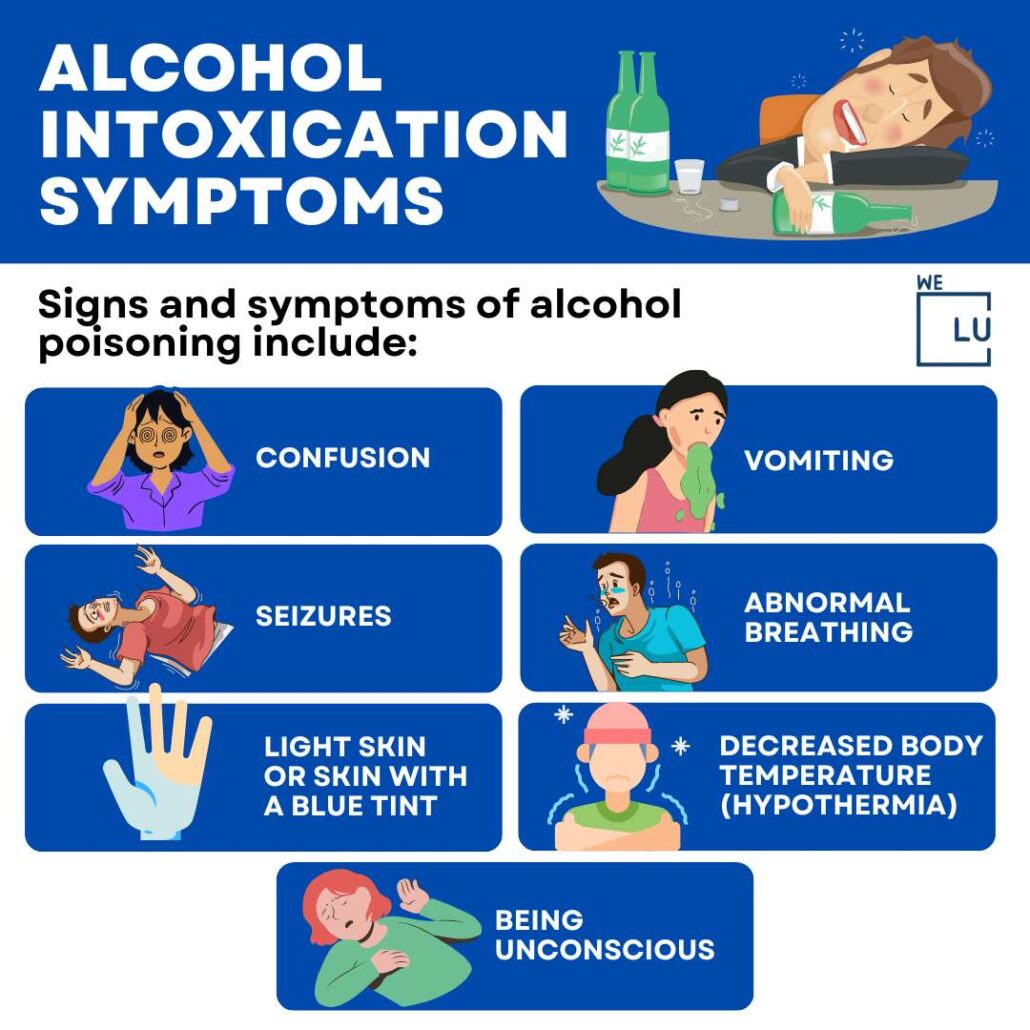Alcoholism Awareness Month: The Role of Libraries in Supporting Those Struggling with Alcohol Use Disorder
April is Alcoholism Awareness Month, a time to shed light on the widespread yet often stigmatized issue of alcohol use disorder (AUD). AUD affects millions of individuals and families, ripple effects felt throughout communities, including in our public libraries. As vital community hubs, libraries have a unique opportunity and responsibility to support patrons struggling with alcoholism. Let’s look at the impacts of AUD on libraries and public spaces and discuss ways librarians can make a positive difference.
The Scope and Impacts of Alcohol Use Disorder
Alcohol use disorder is quite prevalent, affecting an estimated 14.5 million people aged 12 and older in the U.S. alone (NIAAA, 2021). AUD is portrayed by an impaired ability to stop or control alcohol use despite adverse social, occupational, or health consequences (APA, 2013). The disorder exists from mild to severe, with a range of genetic, psychological, social, and environmental risk factors (Kranzler & Soyka, 2018).
The impacts of alcoholism are far-reaching, with an estimated annual economic burden of $249 billion in the U.S. (Sacks et al., 2015). On an individual level, long-term alcohol misuse can lead to serious health problems like liver disease, heart disease, stroke, high blood pressure, digestive issues, cancer, weakening of the immune system, mental health issues, and alcohol dependence (CDC, 2021). AUD also causes significant distress for loved ones and poses risks to public safety through accidents and alcohol-related violence.
 Alcoholism and Libraries
Alcoholism and Libraries
As welcoming public spaces open to all, libraries often intersect with the challenges of alcoholism. Some common issues include:
– Patrons visibly intoxicated or possessing/consuming alcohol on library property
– Patrons struggling with homelessness and substance use taking shelter in the library
– Disruptive, inappropriate, or threatening behavior from patrons under the influence
– Unsanitary conditions like public intoxication or bodily fluids
– Safety risks to staff and other patrons
– Strained staff time and resources in addressing alcohol-related incidents
Recurring alcohol-related incidents negatively impact staff morale, patron experience, and public perceptions of the library.
At the same time, libraries are trusted community resources uniquely positioned to connect patrons needing helpful information and support services (Johnson, 2019). For someone struggling with problem drinking, an interaction with a compassionate librarian may be an important step towards seeking help.
What Librarians Can Do
While librarians are not alcohol counselors, there are many meaningful ways they can support patrons affected by AUD within the scope of their roles:
- Learn about AUD to inform a humane, destigmatizing approach. Question stereotypes and recognize diverse lived experiences. See www.niaaa.nih.gov and www.samhsa.gov for facts and resources.
- Maintain full-bodied collections of reliable, up-to-date information on alcoholism and recovery in various formats and reading levels. Feature these resources in library displays, reading lists, and programs, especially during Alcohol Awareness Month.
- Be familiar with local treatment options, recovery groups, and support services to refer patrons to. Keep a discreet list of key contacts like detox facilities, counseling services, AA/SMART meetings, etc. www.findtreatment.samhsa.gov offers a treatment locator.
- Treat patrons with respect and empathy if they disclose their own or a loved one’s struggle with alcohol. Listen without judgment, offer to connect them to resources, and respect confidentiality.
- Partner with local public health and recovery organizations to host informational sessions or support group meetings at the library.
- Develop clear library policies and procedures for alcohol-related incidents focused on safety, non-judgment, de-escalation, and connecting patrons to help when
appropriate. Train all staff and volunteers.
- Ensure library restrooms are furnished with sharps containers and naloxone (Narcan) in case of alcohol poisoning or opioid overdose emergencies. See if local public health agencies offer naloxone training for staff.
- Advocate for improved community mental health and addiction recovery services. Leverage the library’s role as a respected civic institution to push for positive change and fight stigma.
While the challenges posed by AUD are complex, librarians can make a real difference one patron interaction at a time. By offering information, compassion, connection to help, and advocacy, libraries support both individuals and the wider community in preventing and treating this disorder.
In this Alcohol Awareness Month and beyond, all of us can help by learning the facts about alcohol use disorder, reaching out to those who are struggling, fighting the stigma around seeking treatment, and advocating for affordable, accessible support services. Together we can build healthier, more resilient communities for all.
References
American Psychiatric Association [APA]. (2013). Diagnostic and Statistical Manual of Mental Disorders (5th ed.). https://psycnet.apa.org/record/2013-14907-000
Centers for Disease Control and Prevention [CDC]. (2021, April 14). Alcohol Use and Your Health. https://www.cdc.gov/alcohol/fact-sheets/alcohol-use.htm
American Library Association. ALA White Paper: Security Issues in Public Libraries. American Library Association.
Johnson, B. S. (2019). Serving Those Who Served: Librarians’ Guide to Working with Veteran and Military Communities. Libraries Unlimited.
Kranzler, H. R., & Soyka, M. (2018). Diagnosis and Pharmacotherapy of Alcohol Use Disorder: A Review. JAMA, 320(8), 815–824.
National Institute on Alcohol Abuse and Alcoholism [NIAAA]. (2021, March). Alcohol Facts and Statistics. https://www.niaaa.nih.gov/publications/brochures-and-fact-sheets/alcohol-facts-and-statistics
Sacks, J.J., et al. (2015). 2010 National and State Costs of Excessive Alcohol Consumption. Am J Prev Med. 49(5):e73-e79.


